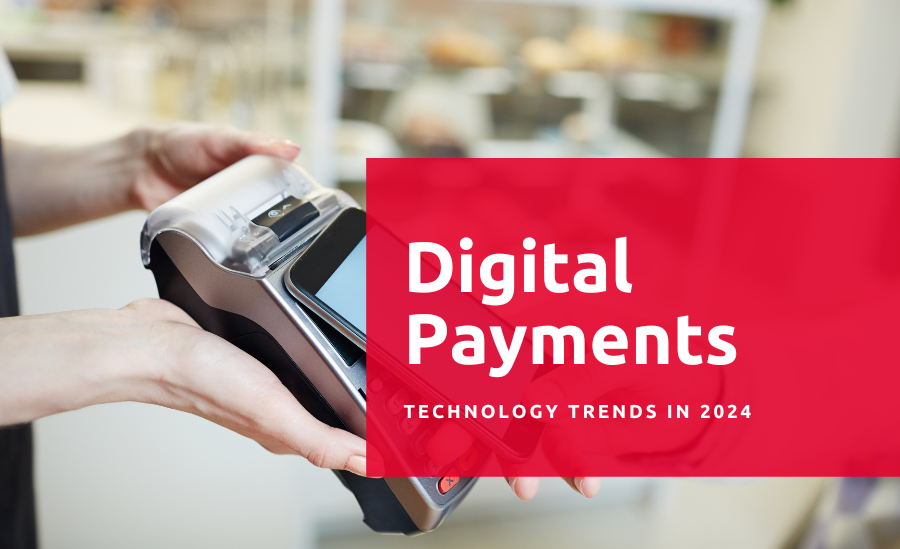Digital wallets are one of the hottest trends in retail and for good reason. CBA data shows that, in Australia alone, the 12 mths to March 2021 saw monthly digital wallet transactions increase 90% with the value of transactions more than doubling to $2.1 billion. This explosion in popularity is driven by both an immediate need for contactless payments, and the increased convenience on offer.
With open digital wallets, users can make purchases at many different locations using their stored credit or debit cards (ApplePay, GooglePay). Not to be confused with closed digital wallet only allows users to make purchases from the service that issued it (Loyalty Cards, PayPal).
In this article, we explain the 5 digital wallet trends you need to know.
1. OPEN DIGITAL WALLETS ACCELERATED ADOPTION
2020 was a historic year for open digital wallets and accelerated digital transformation. Amid the virus scare consumers around the world adopted contactless payments when purchasing goods like never before. In 2020, 46% of people relied on their digital wallets, up from 18.9% just 2 years prior in 2018.
The popularity of digital wallets can be especially evident in cash-based countries, such as Brazil, Mexico, and Malaysia. There, 2020 was the first year that instore cash payments were overtaken by digital wallet payments, a trend that’s unlikely to reverse.
Further, this trend is expected to continue. Over the next 5 years, growth of 83% will take payments from $5.5 trillion in 2020 to over $10 trillion in 2025.
Recognizing that consumers around the world increasingly prefer to utilize funds stored in an open wallet for online transactions, many wallets have started providing a marketplace for purchasing 3rd party gift cards. SamsungPay and PayPal are just two of these mobile wallets which allow you to use your digital currency from your open wallet as easily as cash at local retailers or restaurants.
Open digital wallets have become yet another distribution format for solving payment challenges and driving revenue via digital gift cards.
2. SECURITY AND AUTHENTICATION
With the acceleration in digital payments, naturally, security is front-of-mind. Biometric signals such as fingerprint, facial, and heartbeat recognition, will power an approx 2.5 million new biometric cards this year. Happily, digital wallets on newer devices such as ApplePay have fingerprint and/or FaceID as part of their existing payment authentication.
3. FRICTIONLESS PAYMENTS
Contactless payments, frictionless payments, and even “contract-free” payments are becoming more commonplace. Mobile wallets are at the vanguard of this movement, leading the covid-safe payment processing of 2020 and 2021. The widespread adoption of QR codes, NFC payments, will give way to more confidence in emerging technologies such as voice-activated payments. In a May 2021 study, 37% of consumers reported having made payments via smart speakers or other connected home devices in the last 12 mths. 
4. MOBILE-POINT-OF-SALE (MPOS)
As consumers have become more mobile, so to have merchants. Freed from their bricks-and-mortar confines, providers like Square have enabled merchants to accept mobile payments via mPOS systems at concerts, farmers’ markets, or wherever their business takes them. This is expected to continue to grow with a 19% compounded annual growth rate between 2020 and 2026. This virtuous cycle of mobile wallets and mPOS increasingly reduces the need for consumers to “not leave home without their American Express.”
5. REAL-TIME PAYMENTS AND REQUEST-TO-PAY (RTP)
Digital payments above anything else are connected by two things: mobility, and immediacy. It’s here that mobile digital payments and real-time digital payments, and request-to-pay technologies overlap. In Australia, both of these are being powered by the New Payments Platform infrastructure. Using PayID, users can create easy-to-remember usernames to accept payments. Technologies like Osko drive real-time payments, and Beem It offer request-to-pay technology provided by Bpay and Eftpos respectively.
Digital gift cards can act as a substitute for this technology for real-time payments. Employers and B2B partners can leverage the technology to pay out incentives in real-time, whether it’s for good work, referrals, or cashback on purchases.
CONCLUSION
Changes to digital payments have accelerated as a result of COVID-19’s need for contactless technologies. A range of technologies that had been emerging have seen their use mainstreamed globally, even in cash-based economies.
This convergence of technologies is normalising digital payments backed by biometric authentication, contactless NFC payments, being made in real-time via QR codes or mPOS terminals.
These forces combine to cement a bright future for digital gift cards. Stored on users’ mobile phones behind TouchID/FaceID, making contactless payments via NFC, QR, so that users can make payments in-person, or online without the need for any contact.
Considering digital gift cards for your rewarding, incentives, or cashback offers? Book in a free demo of our True Rewards platform or sign up your business for free.

